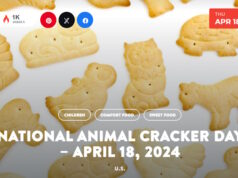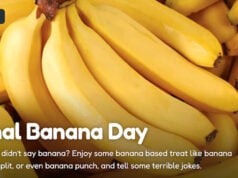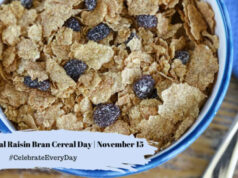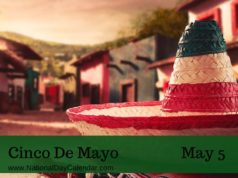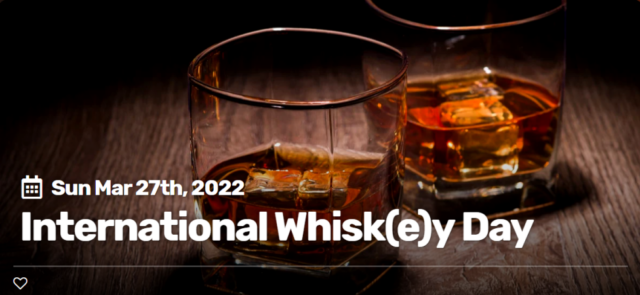
Whisky is the term used in connection with a broad category of alcoholic beverages. They are made through the distillation of fermented grain mash, which is then aged in wooden casks. Whisky is consumed across the world, though in different forms. For example, Scotts prefer their own Scotch whisky. Americans love their Bourbon.
- The world’s largest consumer of whisky is India. Canada is next with the US far behind. However, the US is scotch’s biggest market.
- Despite its unique features, Macallan Sherry Oak 18 Years Old is considered one of the world’s best whiskies because of its selection of casks used during the aging process, its unique characteristics, and its widespread popularity.
- Malt Whisky red wine is more useful because it contains more ellagic acid – an antioxidant that can stop the growth of cancer cells and to resist heart disease.
- There are five basic classifications of whisky – Irish Whisky, Scotch Whisky, Bourbon, Canadian Whisky and American Whisky.
- The official founding date of Scotch is the year 1494. On this date, John Cor bought 500 kg of malt for the production of “aqua vitae.”
- Americans acknowledged whiskey and began producing their own just after Prohibition in 1920.
- If the bottle is “whisky” it is manufactured in Scotland, if “whiskey,” then it was not made in Scotland.
- A closed bottle of whisky can be kept for more than 100 years and it will still be good to drink.
- The dark color of whisky comes from the wooden barrels in which it is aged. The wood expands and contracts with the change in temperature, making the movie in and out of the wood. The compounds from wood give whisky its dark color.
- Whisky and whiskey are actually the same liquor. In American-English and Irish-English, it is spelled “whiskey”. In British English, it is spelled “whisky”.
- A whisky stops maturing after it is bottled.
- The dark color of whisky comes from the wooden barrels in which it is aged. The wood expands and contracts with the change in temperature, making the movie in and out of the wood. The compounds from wood give whisky its dark color.
- There are more than 5000 types of Single Malt Whisky.
- The barrels made from American White Oak have been claimed to produce the tastiest whisky.
- The word whiskey comes from the Irish uisce beatha or “water of life.” From Ireland, whiskey spread across the North Channel to Scotland.
- The number next to the Whiskey’s name refers to the age of the youngest whiskey to produce that specific product. If there is no number, then it is a minimum of three years old.
- The average person over 15 years old, drank 88 bottles of Whiskey per Year in 1830.
- The first blended whisky in the world, was a mixture of malt and grain produced under the name Green Stripe in 1860.
- Whiskey is the official state beverage of Alabama.
- According to the Kentucky Department of Commerce, more than 249 9-liter cases of straight whiskey are consumed per 1,000 adult residents in that state annually.
- Jack Daniels learned how to make Whiskey from a Lutheran minister at the age of 6.
- Jameson sells more Irish whiskey than all other Irish producers combined. Nearly half of all Jameson, $1.8 billion annually, is sold in the U.S., where it sells 13 times more whiskey than its closest competitor. – Source
- There are around one hundred distilleries and five regions to produce Whiskey in Scotland.
- During prohibition, an exemption was made for whiskey prescribed by a doctor and sold through a pharmacy. The Walgreens pharmacy chain grew from 20 retail stores to almost 400 during this period, from 1920 to 1933. – Source
- In Lynchburg, Tennessee, the Jack Daniels distillery can’t sell any liquor because it is in a dry county. Instead, they sell commemorative Jack Daniels bottles that happen to have whiskey in them. – Source
- In 1797, George Washington opened a whiskey distillery three miles from his Virginia estate, and in 1799 it produced 11,000 gallons of whiskey and made Washington the largest American whiskey producer in the 18th century. – Source
- An incredible one billion bottles of scotch are exported from Scotland every year.
- Some 2500 bottles of whisky are exported from Scotland every minute…or 41 bottles per second.
- A 30-year-old cask of Macallan set a new world record in 2017 for the most expensive whisky cask ever sold at auction. It fetched a whopping £375,000 (almost $500,000).
- Mountain Dew was originally meant to be a whisky chaser
- Frank Sinatra was buried with a bottle of Jack Daniel’s.
- Early in 2018, the world’s first regulated whisky investment fund was launched. Single Malt Fund allows investors to buy a small part of a bigger collection of rare and limited-edition whiskies.
- All whiskey starts with a ‘mash’, which is a mixture of grain and water that is slowly heated in order to break down the starch into sugars.
- Here’s a quick rundown on the different types of grains that result in all of these unique types of whiskey beverages:
- Bourbon starts from a mash that is 51% or more corn base, though it becomes a Corn Whiskey once it reaches 81%.
- Malt whiskey is made from 51% malted barley.
- Rye is 51% plain rye.
- Wheat Whiskey, as one might suspect, is made from Wheat.
- One of the basic ingredients of Tabasco sauce is whisky
Sources:



